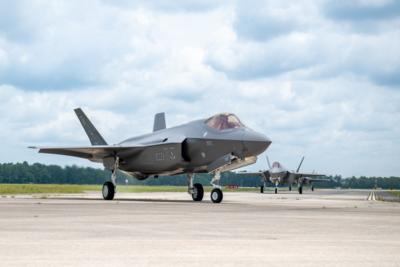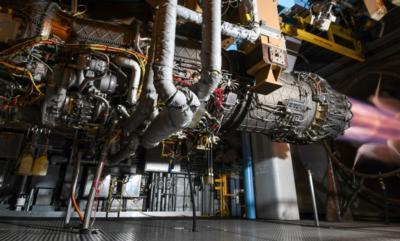Wed, Oct 08, 2025
Advertisement
More News
 Aero-News: Quote of the Day (10.10.25)
Aero-News: Quote of the Day (10.10.25)
“The Russian side will obviously do everything to provide compensation and give legal assessment to all responsible officials’ action. Of course, these words related to>[...]
 Airbus Closes In On Annual Delivery Goal
Airbus Closes In On Annual Delivery Goal
507 Aircraft Handed Over So Far This Year Airbus announced its deliveries in September set a record for the month with 73 aircraft handed off to 41 customers. Even though orders sl>[...]
 Pentagon Poised To Start Competition For Next-Gen F/A-XX
Pentagon Poised To Start Competition For Next-Gen F/A-XX
Plans Approved For Replacement Carrier-Based Stealth Fighter The Pentagon has approved plans for the U.S. Navy’s next-generation carrier-based stealth fighter jet to replace >[...]
 Indian Investigators Accused of Manipulating Air India Crash Probe
Indian Investigators Accused of Manipulating Air India Crash Probe
Nation’s Civil Aviation Minister Denies Complaints of the Captain’s Father Indian Civil Aviation Minister Ram Mohan Naidu has finally spoken out against claims of &ldqu>[...]
 Drone Pilot Harassing Dog Sues Owner, Ends Up Paying
Drone Pilot Harassing Dog Sues Owner, Ends Up Paying
Owner Countersues For Vet Bills, FAA Investigating A dog owner who was being terrorized by a neighbor flying his drone low and around the dog to scare it, posted about his experien>[...]
blog comments powered by Disqus





